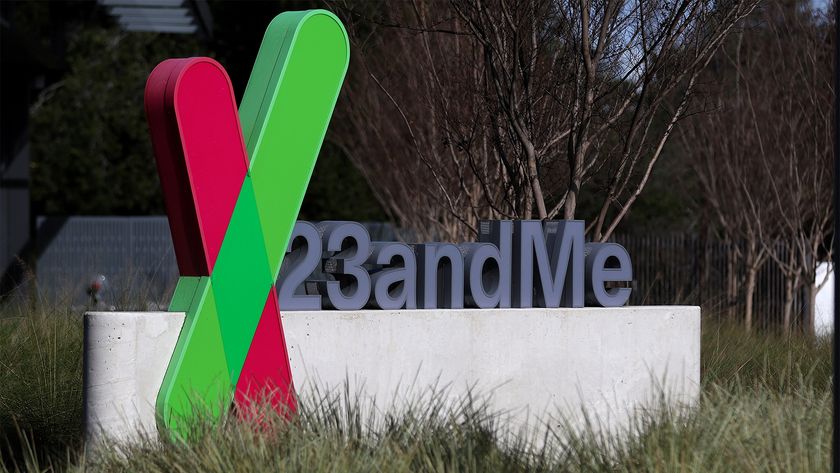AMD's Fusion processor has been in the work for years and was supposed to be the first processor to have a built-in graphics chip.
Unfortunately for AMD, Intel has pipped it to the post with its Sandy Bridge series of processors but that shouldn't undermine the importance of Fusion.
Fusion chips are designed specifically for laptops and netbooks. AMD claims they should consume considerably less power than Intel's Atom and low voltage Core processors, so Intel could finally face serious competition in the mobile processor market it has dominated for so long. It's the customer that benefits though from this intense competition between the two processor giants.
Fusion should finally see the light of day in early-to-mid 2011.
AMD Bulldozer
AMD may currently be lagging behind Intel when it comes to laptop and desktop processors, but the company still remains competitive when it comes to server processors. Its new Bulldozer server chips should not only be very fast, but, along with Fusion, should also be AMD's first major departure in processor architecture in several years since every two cores in a Bulldozer processor will be backed up by a Flex FP floating point unit, which should dramatically improve performance in financial and technical applications.
Expect to see Bulldozer sometime in 2011.
Get the ITPro. daily newsletter
Sign up today and you will receive a free copy of our Focus Report 2025 - the leading guidance on AI, cybersecurity and other IT challenges as per 700+ senior executives
Intel Atom Medfield
The Intel Atom processor is almost synonymous with netbooks. The Atom is almost ubiquitous in the cheap and cheerful ultra-portable laptops, but it's almost entirely absent from the burgeoning smartphone and tablet market. Although the Atom is a power frugal chip by laptop standards, it's far too power hungry for tablets and smartphones.
The Medfield version of the Atom chip could change all this, at least for tablets. The 32nm processor could finally make its way into tablets and other small form factor computers, although it might still be too power hungry for smartphones, but it's still more likely to emerge in 2011 than Intel and Nokia's stop-and-start MeeGo Linux-based mobile operating system.

















